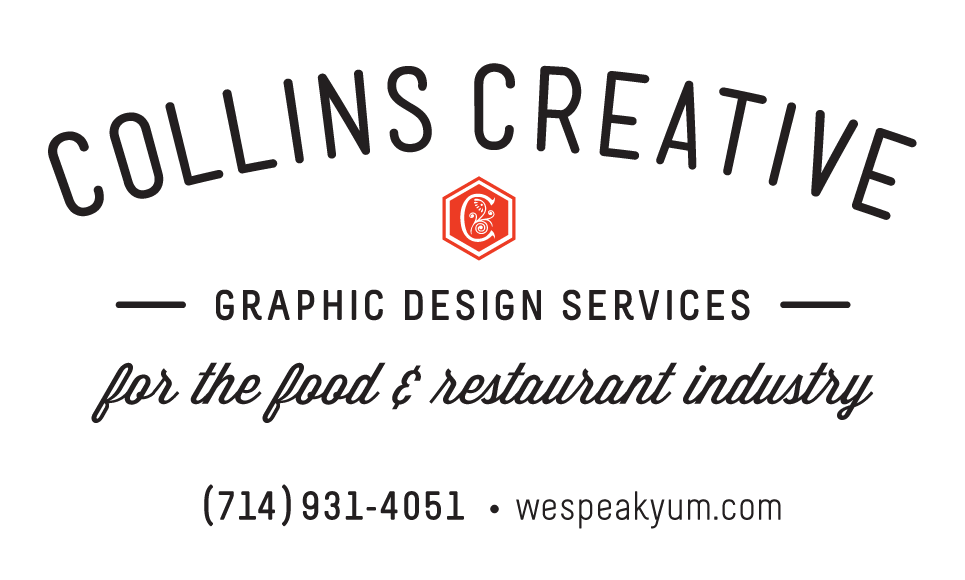The "Silent Salesperson" - Your Menu
The menu is the most important internal marketing and sales tool a restaurant has to market its food and beverage to customers. It is the only piece of printed advertising that you are virtually 100 percent sure will be read by the guest. Once placed in the guest’s hand, it can directly influence not only what they will order, but ultimately how much they will spend.
Menu design directly influences sales revenue. Management is constantly forecasting business volume to estimate how much to buy, keep in inventory, and prepare. A properly designed menu makes these kinds of decisions easier and more accurate.
A well-designed menu can educate and entertain the customer as well as be a communication, cost control, and marketing tool for your restaurant. The menu is designed to help the guest decide what to order. When you strategically place menu items on the menu, you will sell more of them than if you placed them randomly. Well-designed menus market the food the restaurant prepares best and wants to sell by making those items stand out from the others.
Upcoming articles will discuss menu design techniques that will increase the effectiveness of your “silent salesperson” to boost check averages and guest loyalty.
Your Menu: A Guidebook for your Restaurant
Your menu is the only communication that all of your restaurant’s customers will see and consider. It has the greatest influence on what they will buy and how much they’ll spend. Your menu needs to confirm and expound (or negate) any of your customer's preconceived beliefs about your restaurant. Your menu must connect with your guests immediately.
The menu creates a unifying thread among diners, the food and the brand of the dining experience. You want to appeal to diners’ desires, make them hungry and move them toward a buying decision. On average, customers will review the menu for between two and four minutes. What you achieve during that limited time will impact the bottom line. It is a real-time comprehensive representative of the restaurant - It needs to 'set up the sale' perfectly so that servers can make the sale and serve with ease.
As a vital brand extension, the menu should incorporate a restaurant’s image, credo and voice. If done well, it will ensure thematic continuity and blend with the restaurant’s décor and personality. The restaurant’s external brand and internal identity will drive the menu, which must reflect everything about the restaurant, including the building, decor, mood, the dining area and food.
Know your audience. Firstly, identify and understand the target audience so the format and design will satisfy them. Younger consumers will require more categories or break-outs like those you’ll see on value menus. They’ll also require more frequent changes because they’re always looking for the next new thing.
An excellent restaurant menu is clear, well-organized, persuasive and graphically engaging. Consider the following design principles and strategies considering a menu design:
Purposeful color: When developing colors for a restaurant brand and the menu, research what different colors represent. The right ones create a mood, convey a personality, fire up the appetite and draw attention to food items. Of course, the color palette of your menu should relate to the decor and restaurant theme.
Enticing graphics and photography: A strong menu will engage with professional graphics, illustrations and photography. Use these elements to attract attention to food items you really want to sell. A photo or an icon next or close to a description is a great tool for promoting the items you want to promote.
Strategic font: Think of your audience when choosing a font; seniors, for example, will appreciate larger type. The font should also fit the design space but not so small, you can't easily read it, especially if the lighting is dimmed. Don’t use more than a few styles of type. Be sparing with exotic typefaces, script fonts and italics.
Deliberate placement and positioning: On a one sheet menu, the most important items or specials should be at the top right of the page. In a column listing, items you want to sell the most should be shown in first and last position. In a two-page spread, the “power position” is the inside right page just above the center.
Categorization: Customers appreciate and prefer variety in a restaurant menu. Subdivide food choices into smaller, specific categories - it gives the impression of choice. The greater the categorization, the greater the perception of variety will be.
The resources you invest in your menu can lead to a return that can well exceed your expectations – while leaving a lasting mark on your customers.
In summary, your restaurant menu: • is the strongest marketing vehicle that your customers will read • should be a direct extension of your brand • needs to be functional, easy-to-read and designed for your audience • should follow design principles and strategies


